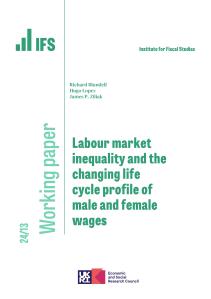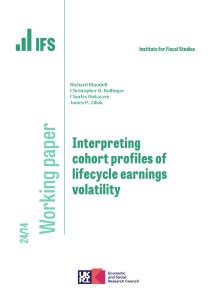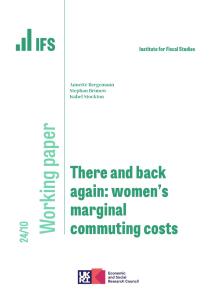We analyze how relative wage movements among birth cohorts and education groups affected the distribution of household consumption and economic welfare. Our empirical work draws on the best available cross-sectional data sets to construct synthetic panel data on U.S. consumption, labor supply, and wages during the 1980s. We find that low-frequency movements in the cohort-education structure of pretax hourly wages among men drove large changes in the distribution of household consumption. The results constitute a spectacular failure of between-group consumption insurance, a failure not explained by existing theories of informationally constrained optimal consumption behavior. A welfare analysis indicates that the cost of between-group consumption variability is larger than the cost of aggregate consumption variability by two orders of magnitude.









